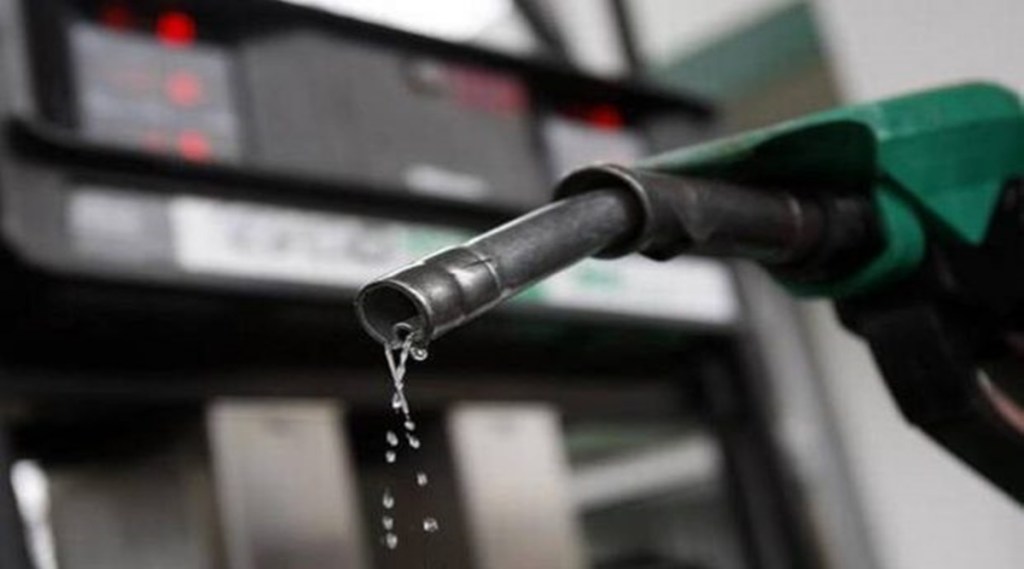The decision to increase the cost of retail fuel—petrol and diesel by 80 paise and LPG by Rs 50—was inevitable in the face of the sharp increase in international oil prices. The Brent price has shot up close to 40% since the last hike in Indian retail rates for petrol and diesel. Demand for oil was recovering fast as economies turned optimistic about growth in the aftermath of the pandemic. Though the Russian invasion of Ukraine added fuel to the fire, oil marketing companies (OMCs) kept the retail rates frozen for a record 136 days, making a mockery of claims to fuel pricing freedom.
The government may have had state elections in mind in holding off price hikes since November last year, but it was the OMCs that had to bear the burden. Given how fuel prices were being adjusted daily since June 2017 to reflect changes in the benchmark international rates, the pause in hikes over the past five months must be viewed as shielding consumers from an oil-scald. So the artificial cushion had to go—more so, in view of the rupee’s noticeable weakening. India is heavily import-dependent (close to 85%) for meeting domestic oil demand and a falling rupee means more price pressure for OMCs when it comes to crude oil purchases.
While ICICI Securities had estimated earlier this month that retail prices of petrol and diesel would need to increase by Rs 12 per litre before March 16 for government-owned fuel retailers to break even and Rs 15 per litre if their margins are factored in, oil players see the need for a steep increase of up to Rs 25 to cover losses incurred in not passing on the crude costs to the consumer. It also needs to be kept in mind that the Centre had offered significant excise duty relief on both petrol and diesel, even as some state governments lowered their ad valorem take from fuel sales. Some have argued that inventories with OMCs would have lessened the blow from the pause in price hikes, but the fact is that crude prices continue to remain extremely volatile. A sharp correction, if one comes any time soon, could offset any inventory-gains. Discounted oil-buys, which seem to have gained some traction, could also add to this.
The government appears to have made a mistake in allowing a retail price hike of only 80 paise a litre even as the price for bulk buyers of diesel was hiked by Rs 25 last week. This obviously creates a significant price arbitrage opportunity at the retail level. Should bulk buyers turn to retailers on the sly, the OMCs will be left bleeding as before. Also, the retail price hike seems neither here nor there in terms of correcting prices to reflect the crude oil price scenario. It is quite likely that the government will go in for graded increase—like it did with the culling of oil subsidies in homoeopathic doses in the past.
There are obvious fears of inflation from increasing oil prices—direct effects as well as embedded ones. An analysis by State Bank of India says that every $10/barrel increase in Brent prices will push up domestic inflation by 20-25 bps. The implications of inflation on growth are perhaps holding back the government from going for higher increases. The way out, then, is to combine graded increases with further excise duty cuts. Given how some experts believe that the Centre has underplayed its tax revenue collections in the coming fiscal, there should be some room for this.

